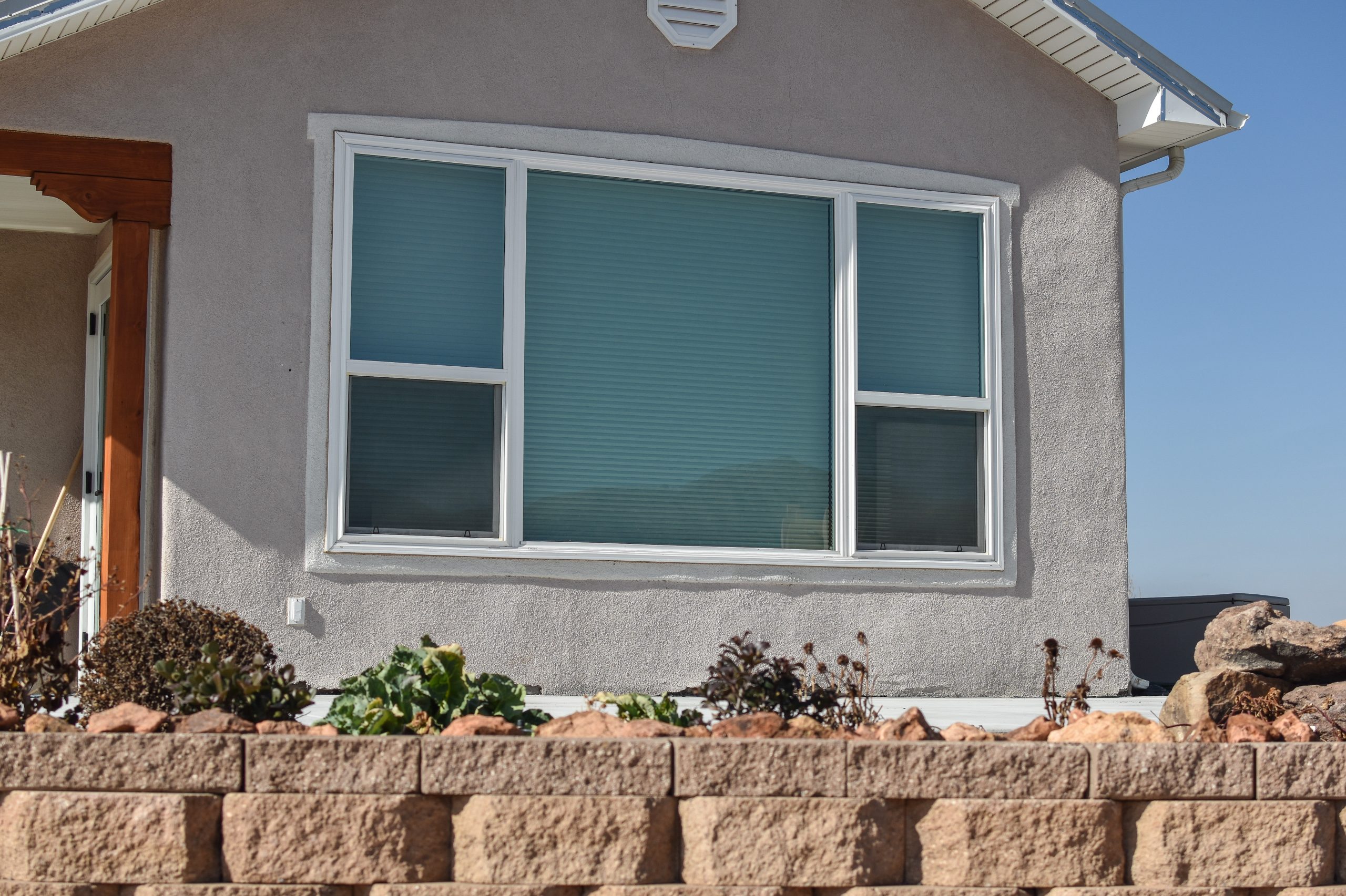With warmer months just around the corner, ensuring your replacement windows are made with Low-E glass is as important as ever. “Low E” glass stands for “low emissivity.” In other words, Low E glass is produced with microscopically thin silver coatings which limit the amount of ultraviolet and infrared light coming through your windows and into your home.
While Low E glass is the obvious choice when replacing your windows, understanding the difference between a “Low E hard coat” and a “Low E soft coat” will allow you to make the best decision for your home and personal needs!
Low E Hard Coat Windows
A hard coat on a Low E window is when a thin layer of silver is sprayed onto the surface of the glass at a very high temperature.
Advantages:
- Since Low E glass doesn’t need to be sealed into an insulated glass unit, its durability offers the possibility for added accessories (e.g.) blinds in between the panes
- This is a more inexpensive option since there are less layers needing to be applied (compared to a “soft coat”).
Disadvantages:
- U-values are typically higher as the glass isn’t as energy efficient as a Low E soft coat. (still energy efficient nonetheless!)
- Typically yields a higher solar heat gain coefficient, allowing more infrared and ultraviolet light to pass through the glass (compared to a soft coat Low E window)
Low E Soft Coat Windows
Low E soft coat windows are produced by adding 2-3 very fine layers of silver to the glass. While the addition of these multiple layers create a fairly delicate glass, the more layers added, the better the glass performs at blocking UV rays and lessening solar heat gain.
Advantages:
- When compared to a hard coat, soft coats tend to have more optical clarity. (hard coats can come off as a bit “hazier”)
- Provides ultra low emissivity, creating optimum u-values.
- Can provide up to 70% less UV transmission compared to standard clear glazing.
Disadvantages:
- The Low E coating is very fragile, so extreme care and special gloves must be used when handling this type of glass.
- More difficult to temper due to its heat reflection properties.
- Can be more expensive with the added layers of silver and extra fragility

